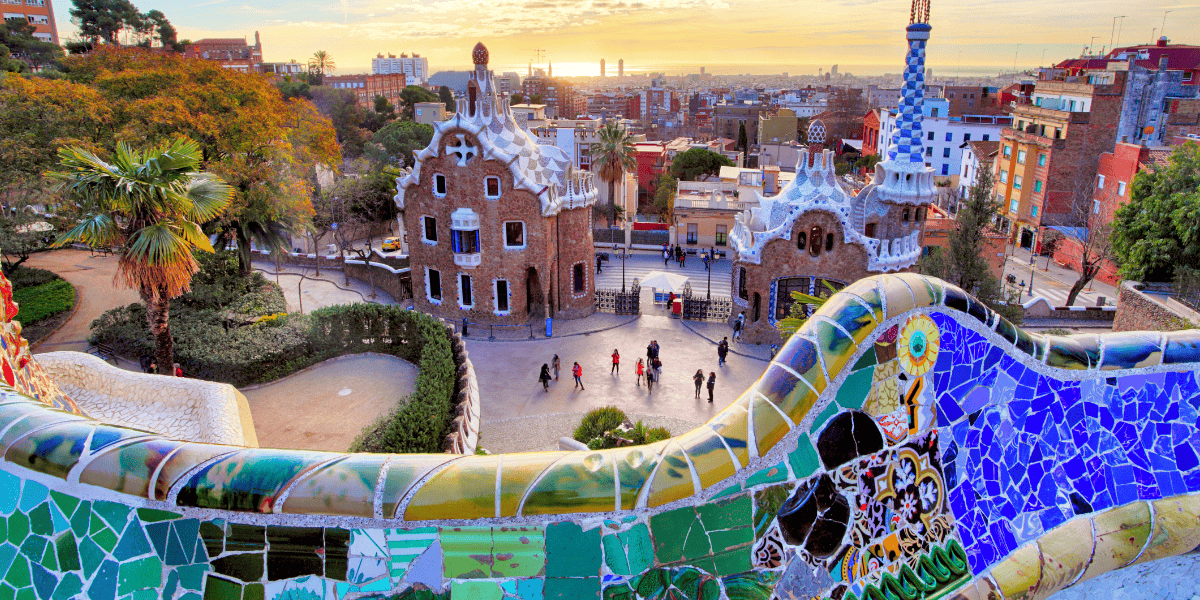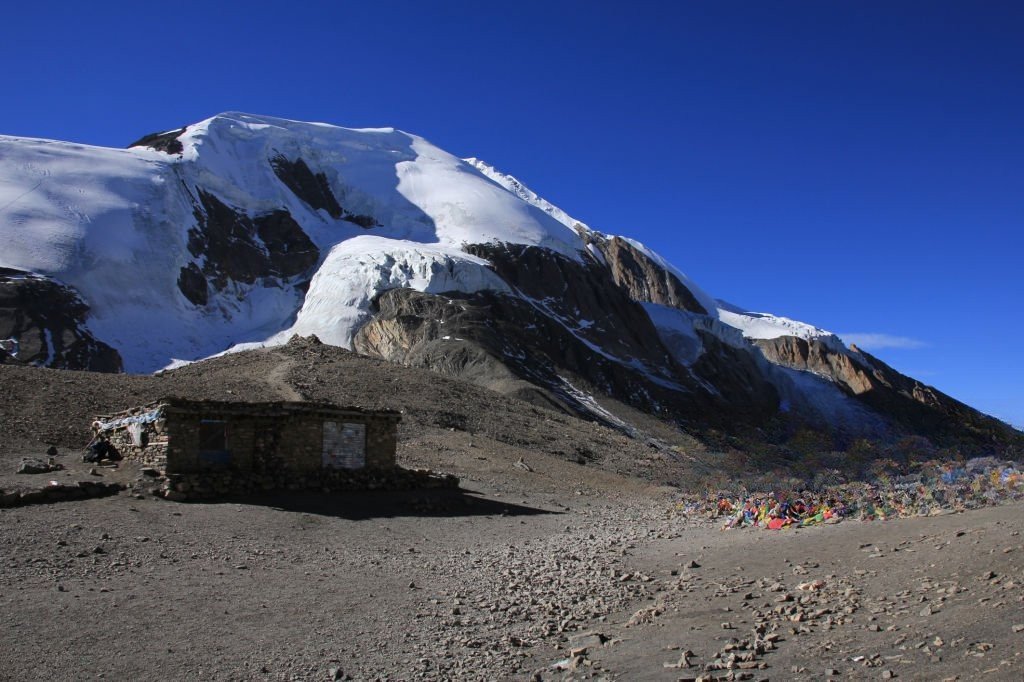The history of Parc Güell starts before 1920’s when the wealthy businessman Eusebi Güell designed a city which was to combine the elements of nature and architecture. Following the ideology of the British garden city, Güell bought a piece of land on Muntanya Pelada, a hill near the outskirts of the city. He wanted to construct a housing project that would afford families the comfort of living in the country side on one hand and also be close to the city on the other hand. He asked Gaudí, his friend, and one of the most progressive architects in Spain, to design this project.
Barcelona is known worldwide for its vibrant culture, If you are thinking of visiting Barcelona or just interested in the history of the city, the parc guell histoire is a fascinating insight into the mind of Gaudí and the character of Catalonia.
Gaudí’s Architectural Genius
The architectural design by Gaudí was a complete contrast to the conventional designs of the world. In this park, he had combined geometric shapes, bright colours, mosaics, curvy pathways and whimsical forms of structures due to his love for organic shapes. This particular design has been influenced by the natural environment and is the characteristic element of Gaudí’s architecture. From the spiraling, snake-like seats which provide a vantage point over the city to the vivid ceramics which clad each structure, Gaudí has designed a space that is organic, lively, and thoroughly harmonious with its surroundings.
The main entrance to the park is protected by the so called “El Drac” – a lizard mosaic, which is a recognized symbol of Barcelona. Close to the entrance one gets in, one can already see the Hypostyle Hall – the columns that are designed in the shapes of tree trunks. Above this hall is the Serpentine Bench, a long and curved structure made of mosaic and is a seating area which has a wonderful view of Barcelona. Trencadís – small pieces of colorful ceramic tiles combined to form intricate designs is seen in every corner of the park by Gaudí.
A project that was a complete failure became one of the most famous buildings in the world
Despite the expectations of Güell and Gaudí, Parc Güell was not to become the successful residential area they had planned from the outset. It was located on a hill and the concept of living in a hill top was not very promising and acceptable at that time. Work stopped in 1914 with only two houses built, and none of these were designed by Gaudi. Although the project of residential complex failed, with the beauty and artistic value of Parc Güell it attracted attention.
The property was acquired by the city of Barcelona in 1926 and was then developed and made available to the public as a municipal park. Eventually, Parc Güell turned into one of the most popular sights of Barcelona where people from all over the world come to see the masterpiece of Gaudí. Its historical and cultural significance was given international credence in 1984 when it was inscribed on the UNESCO list of World Heritage sites.
Parc Güell Today: A Must-Visit Destination
Parc Güell is currently one of the most visited places in Barcelona and thousands of people each year can be observed enjoying the combination of the natural environment and architectural design. The park is divided into two main sections: The paid area is the monumental zone where you can find the most famous works of Gaudí, and the free area, where one can admire the beautiful landscapes.
This park is an amazing example of how a walk can turn into a colorful, shaped wonderland. It is a clear evidence of Gaudi’s creativity and it also testifies the fact that art which imitates nature is still relevant. The park is a great place to visit, with beautiful views of Barcelona, as well as a perfect escape from the noisy city life.
For those wishing to find out more about parc guell histoire, the history of this remarkable structure, the details of Gaudi’s designs, and the history of this great man provide valuable insights into the character of the architect and his relationship with the Catalan people. Learning about the background of each structure and path gives an entirely new dimension to the wonder and shows why Parc Güell is famous as a masterpiece of modernist architecture and the artwork of the city of Barcelona.





